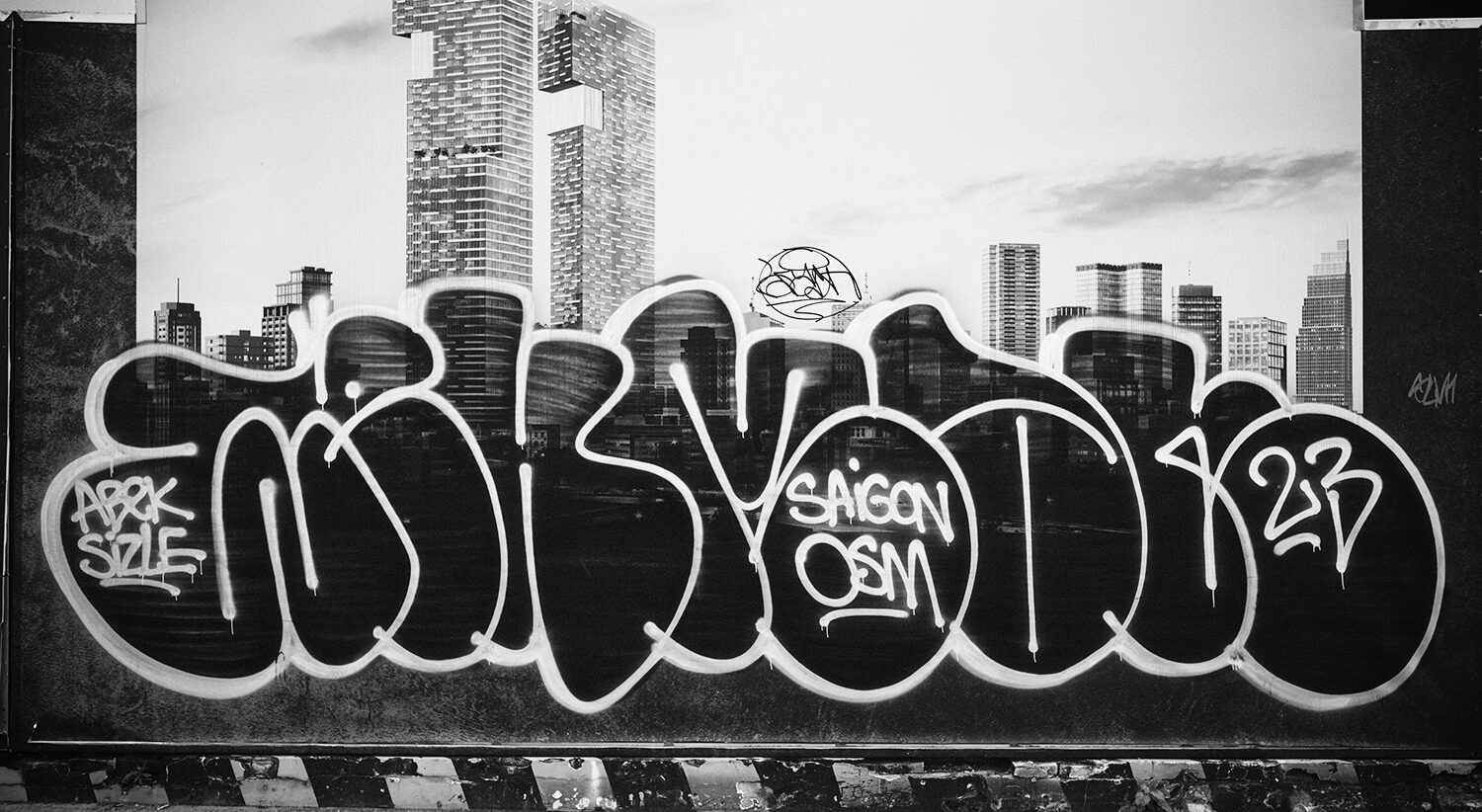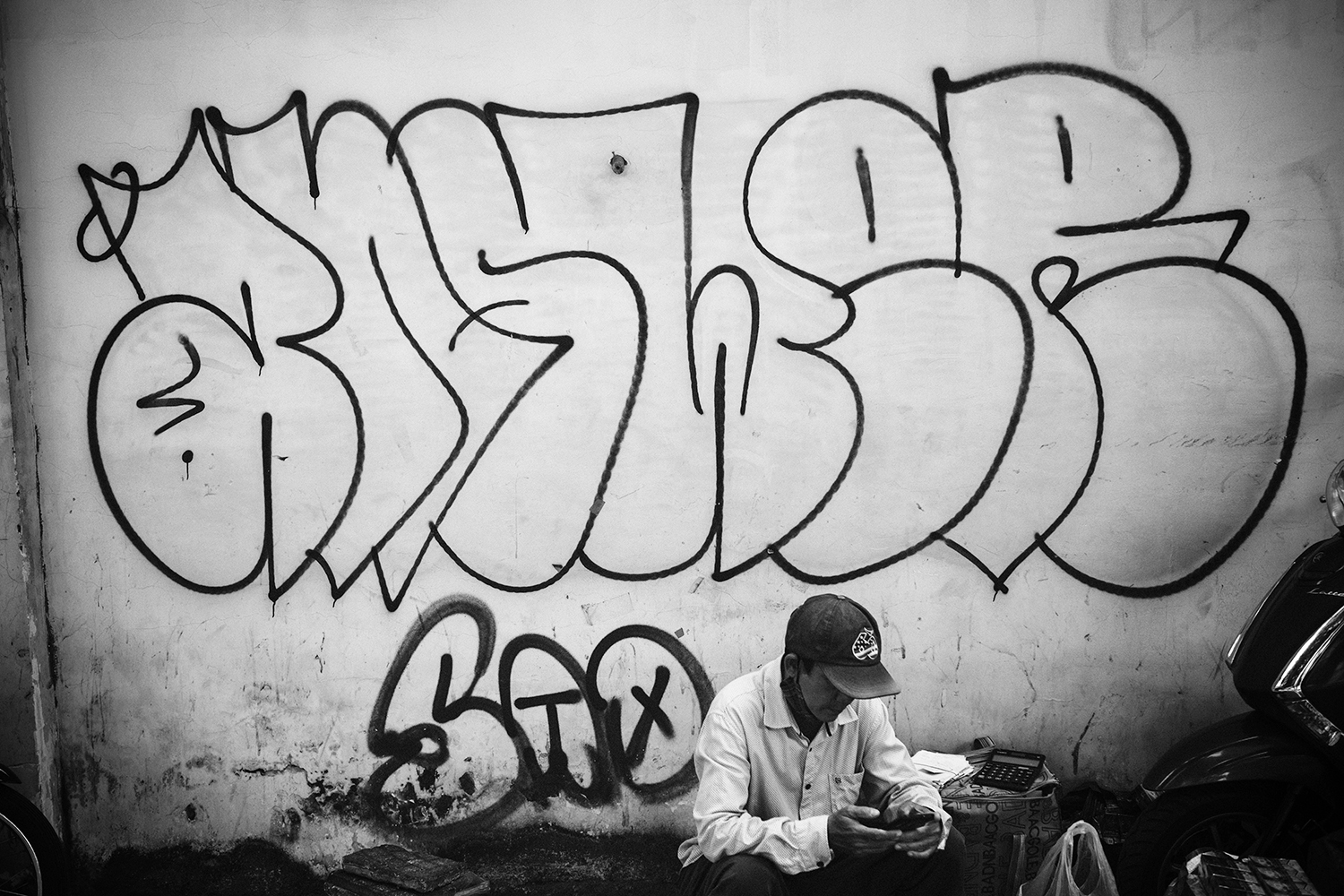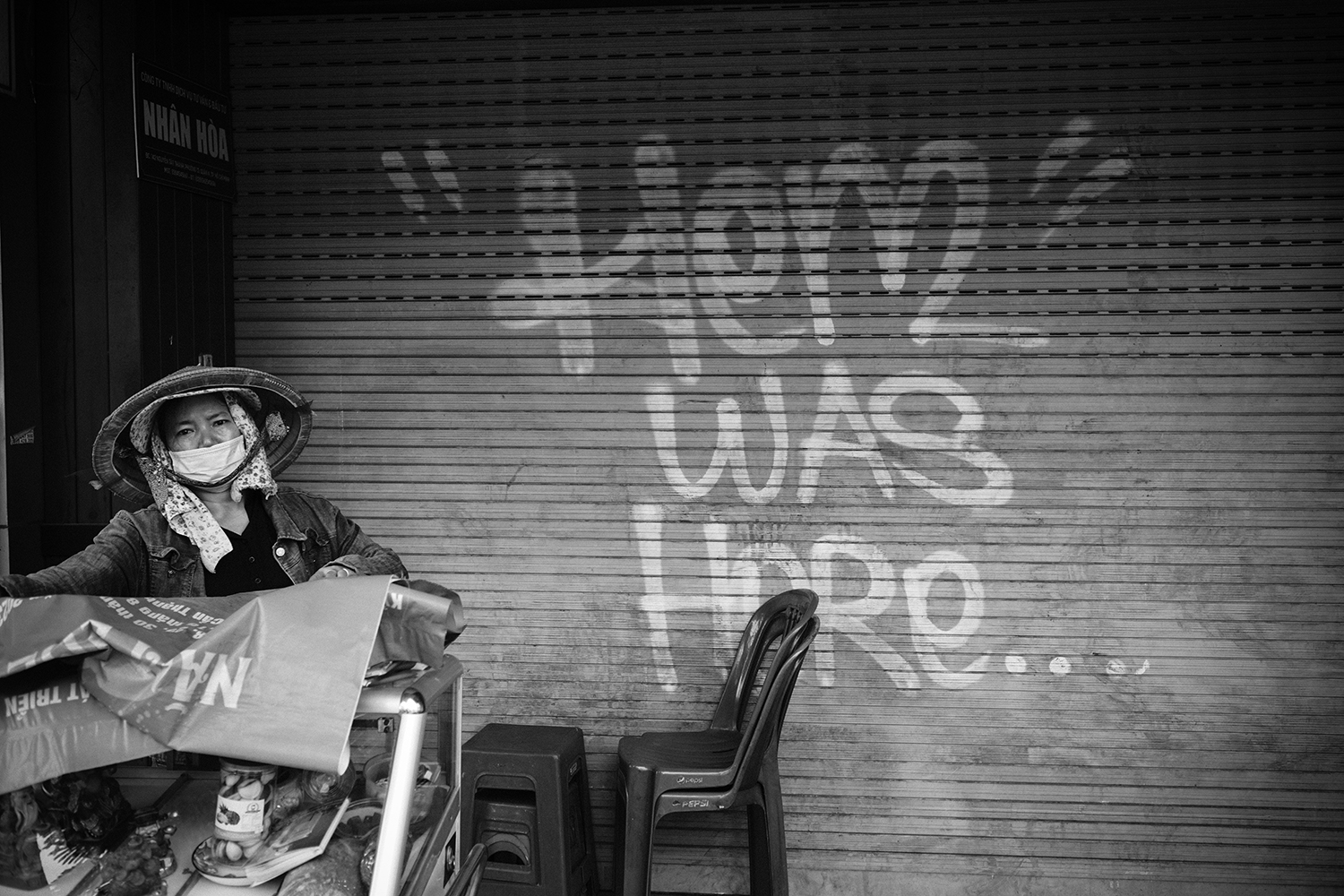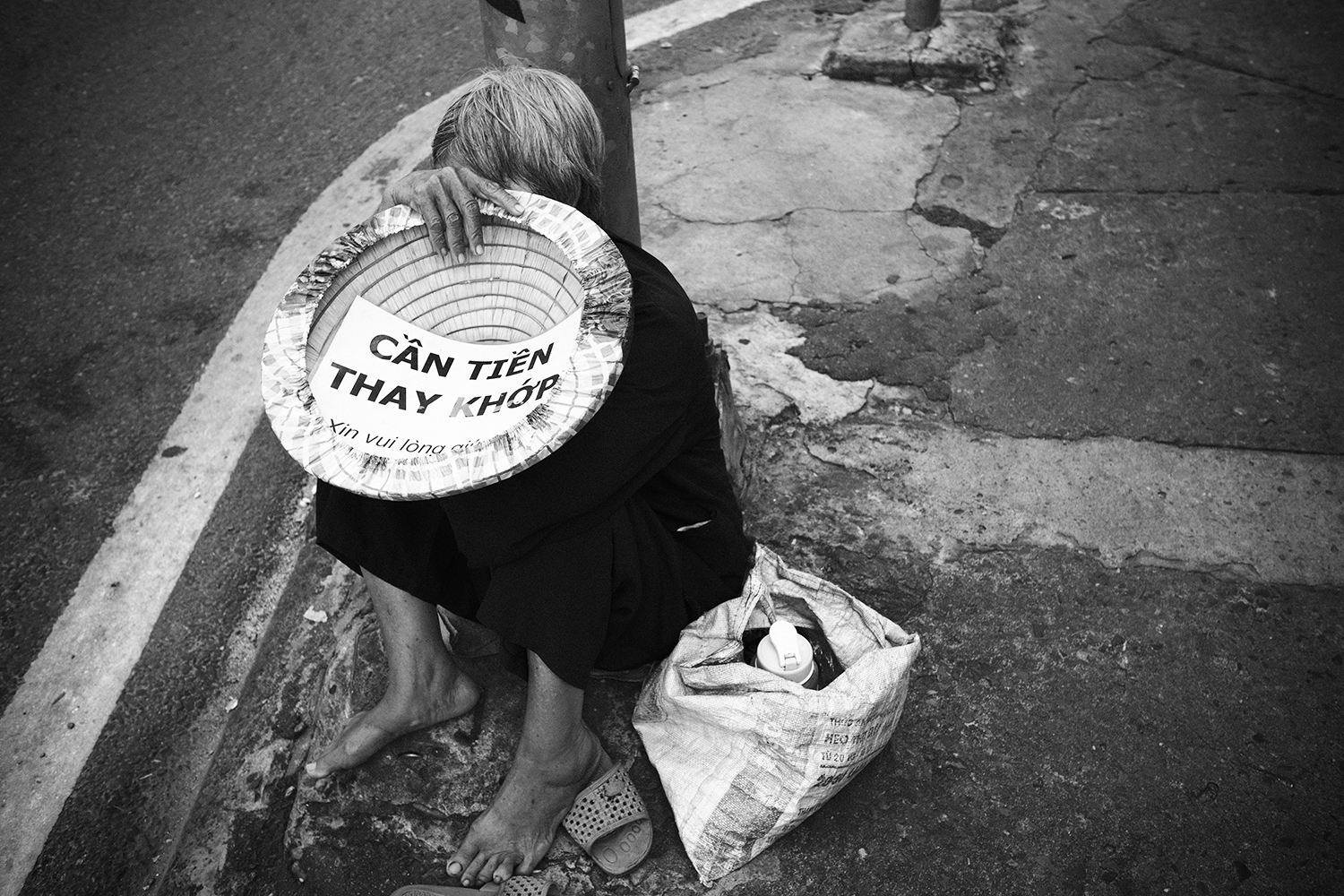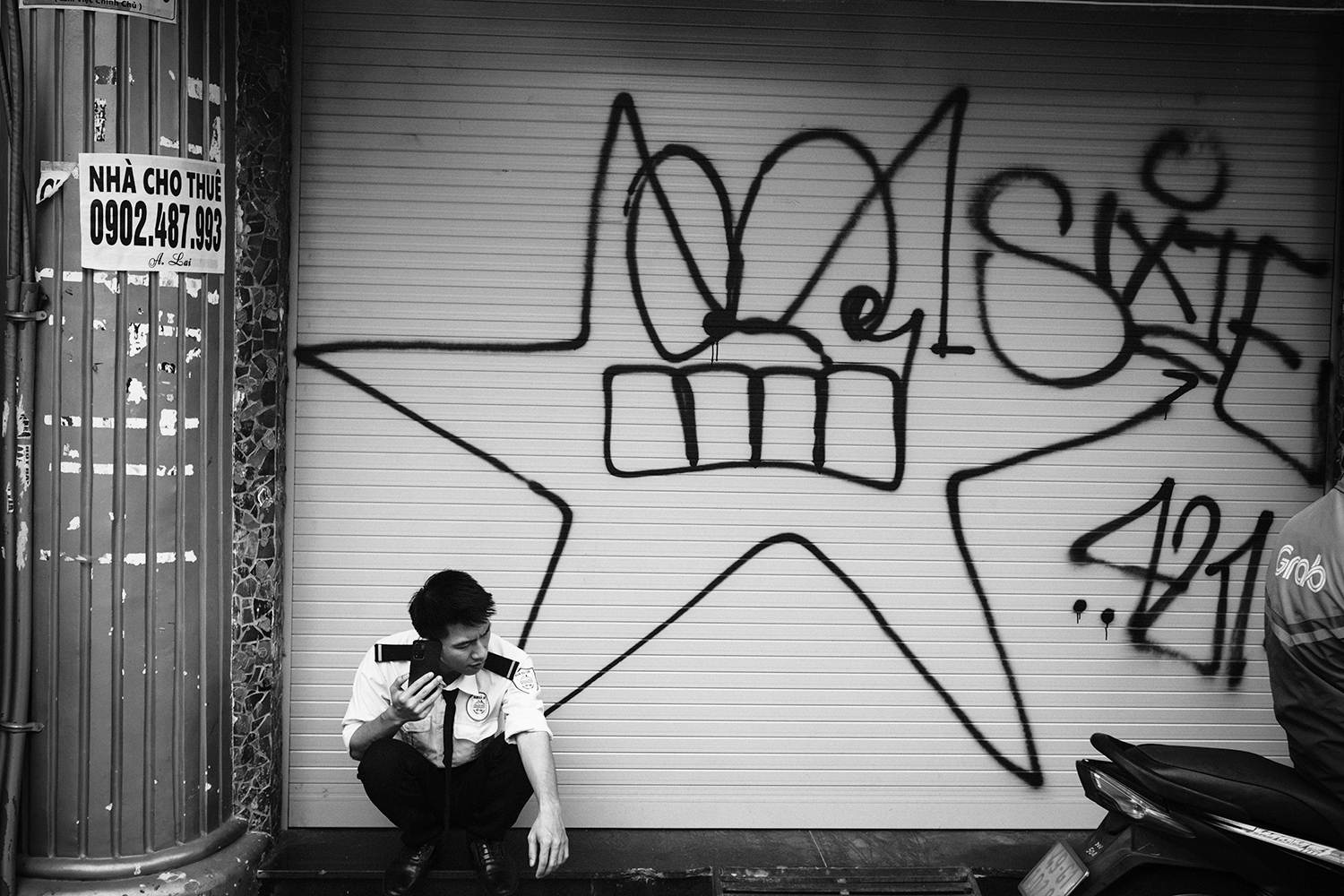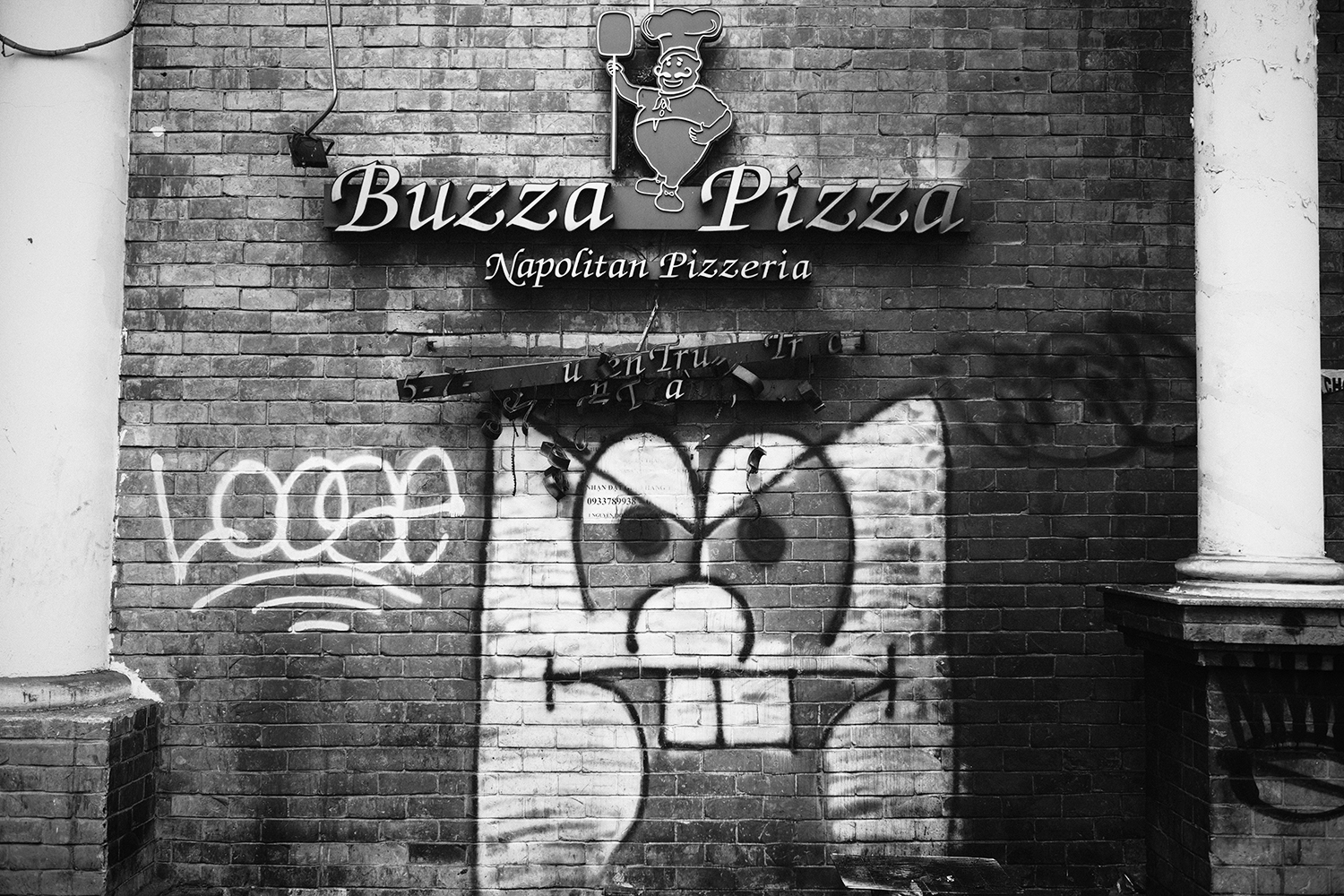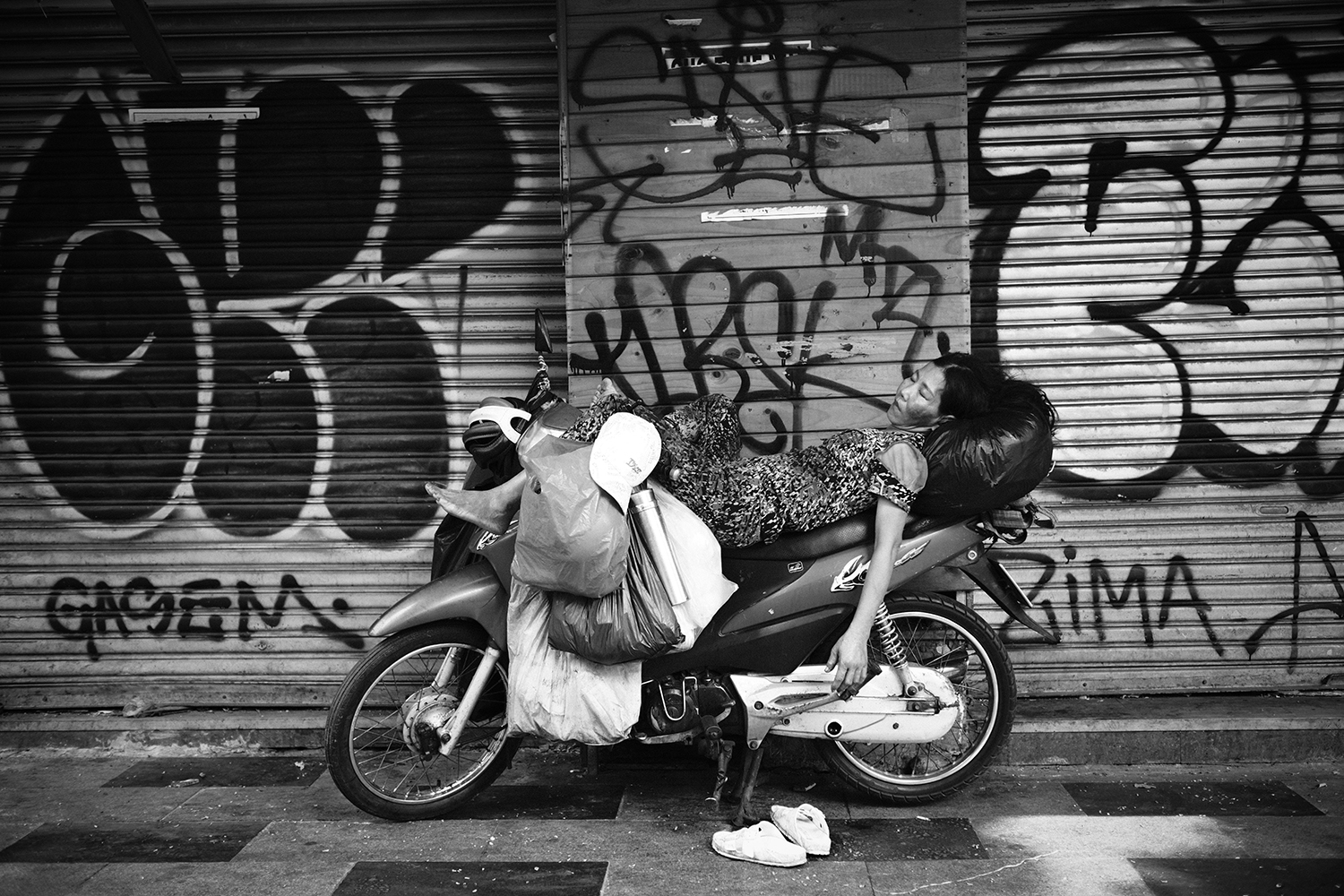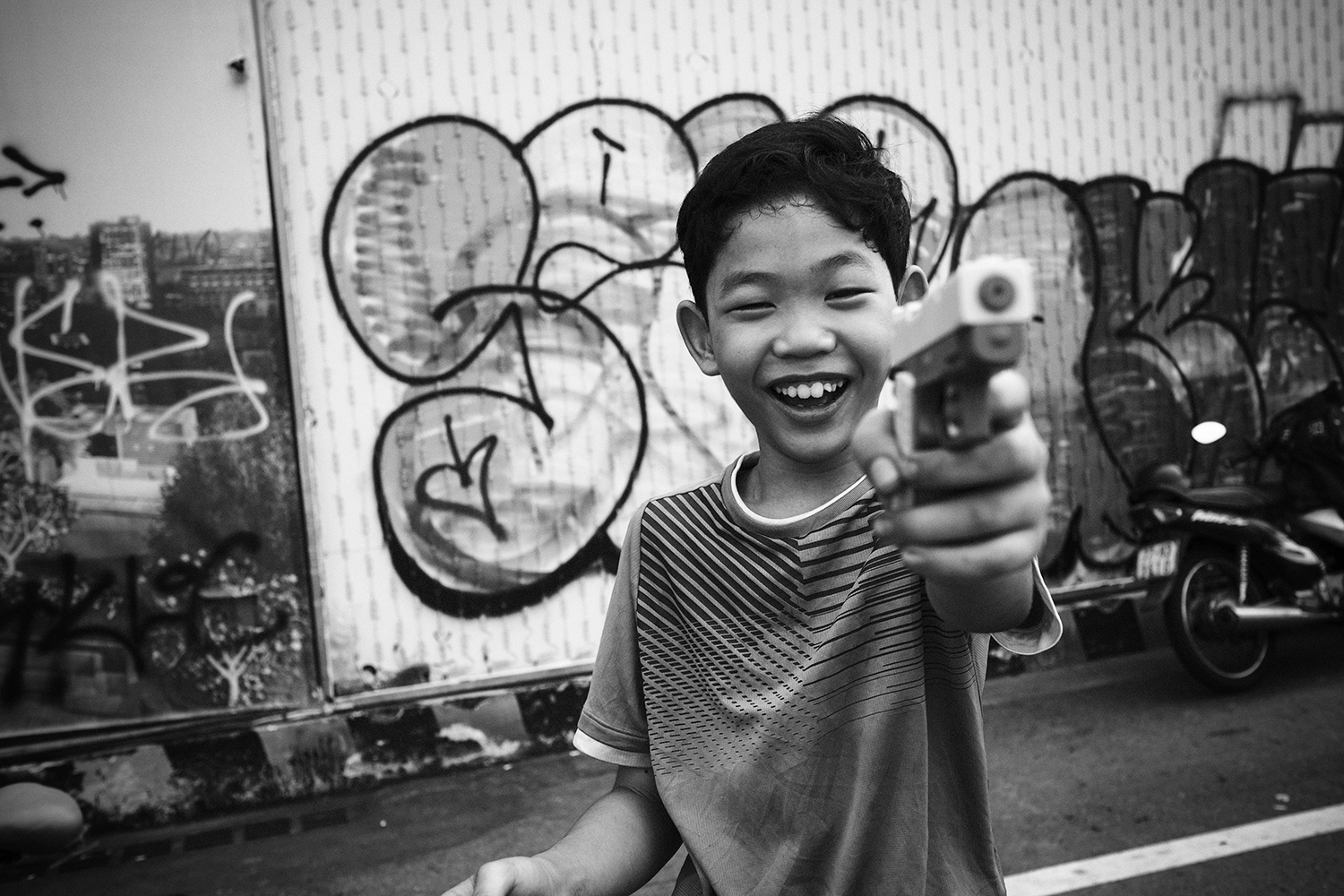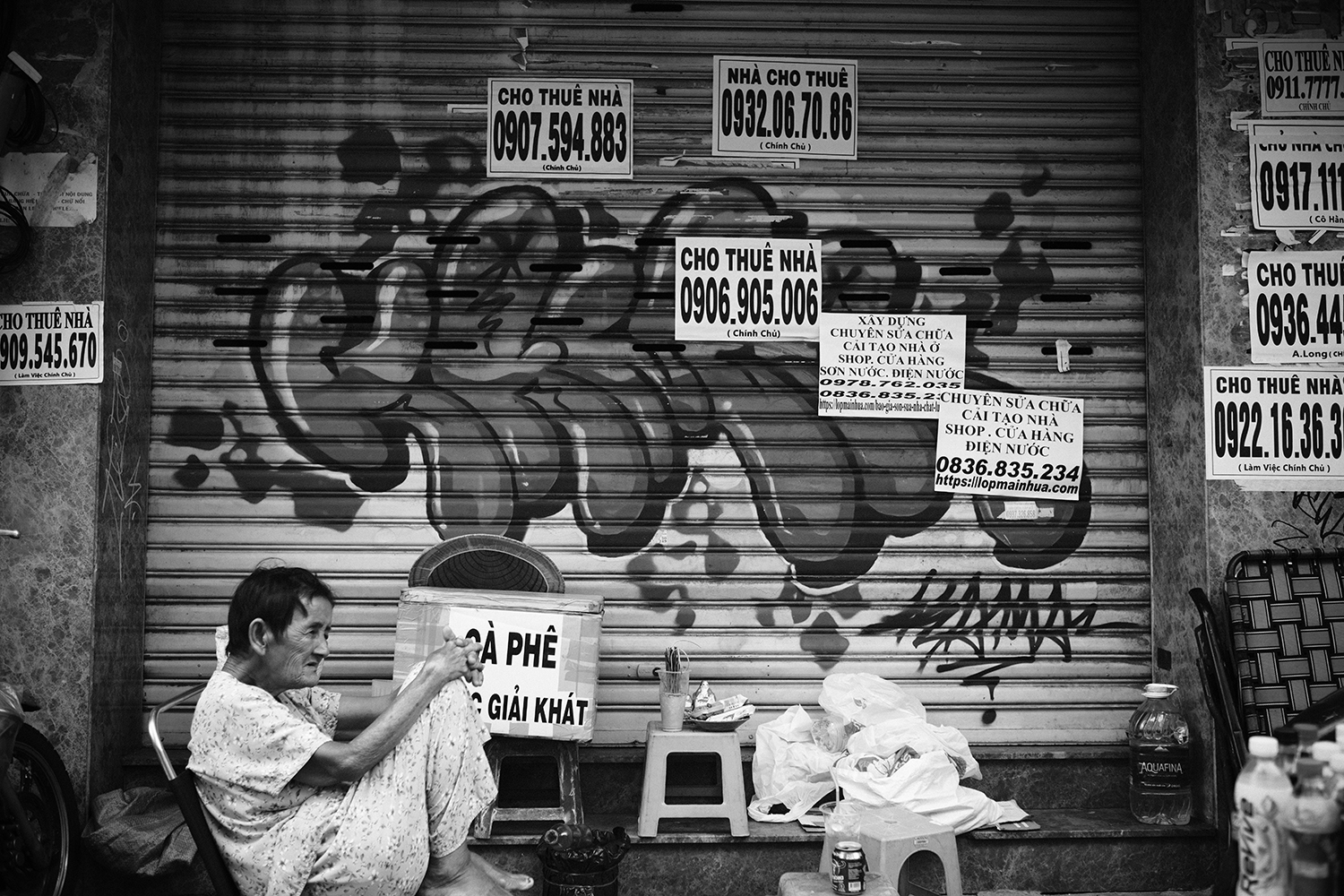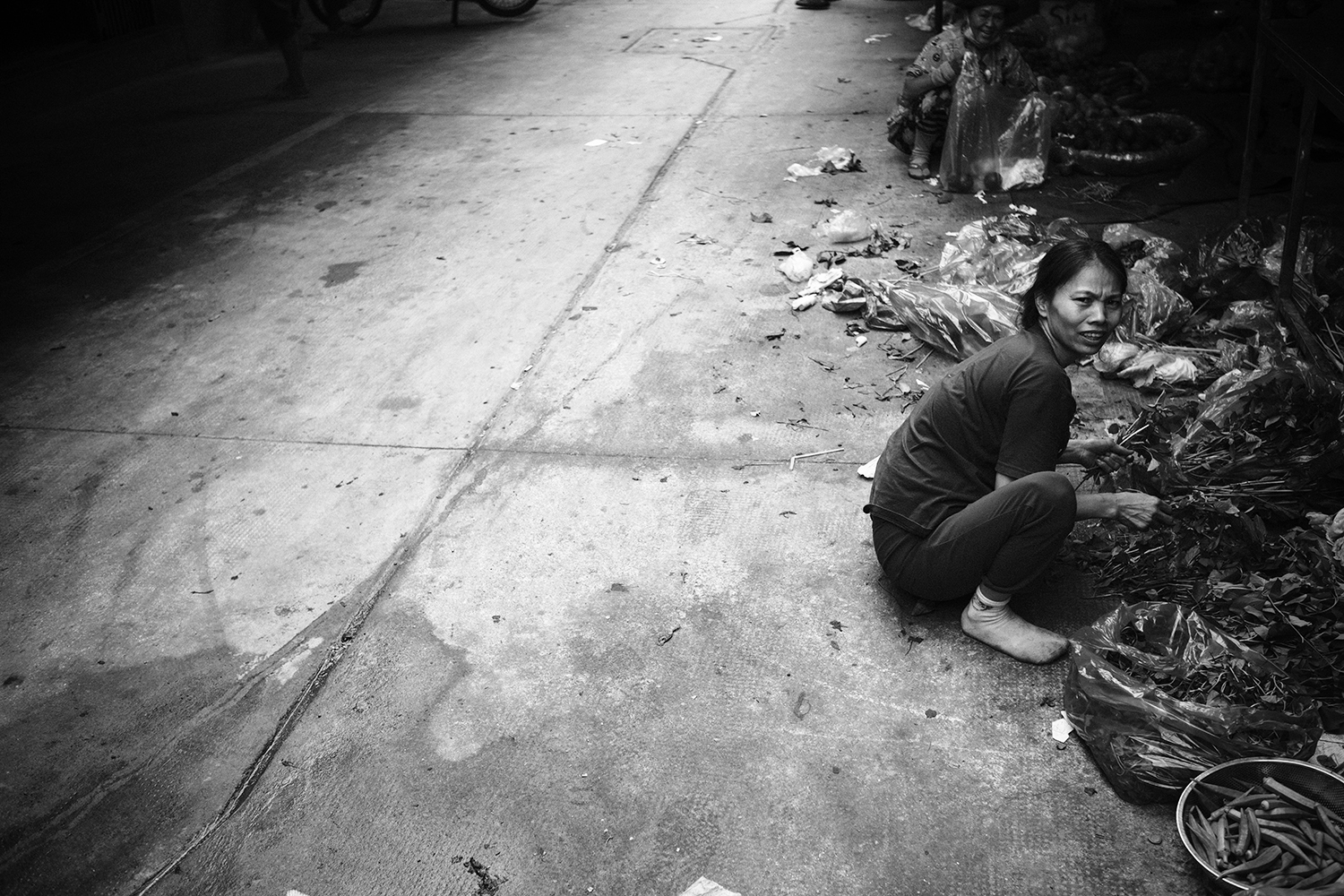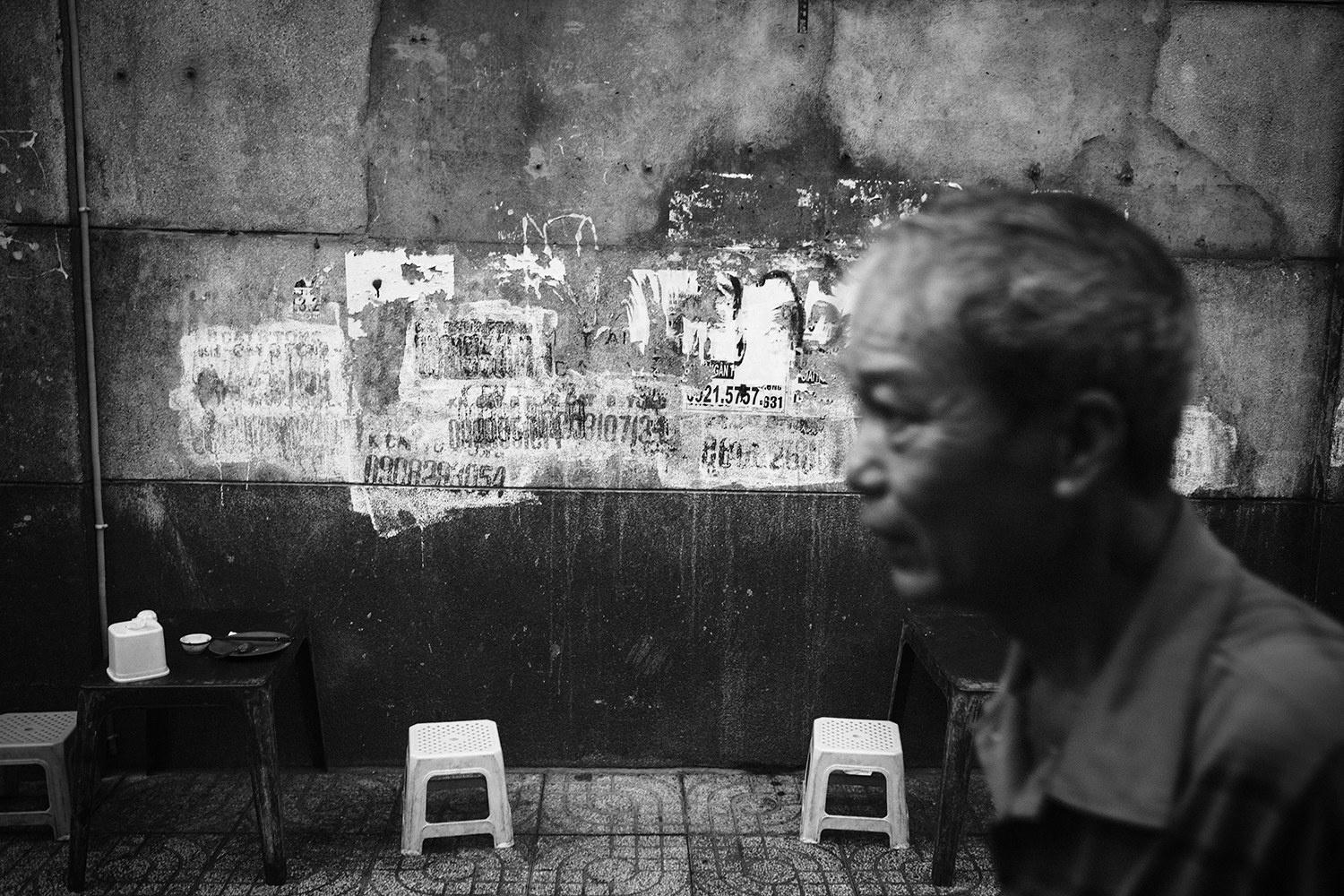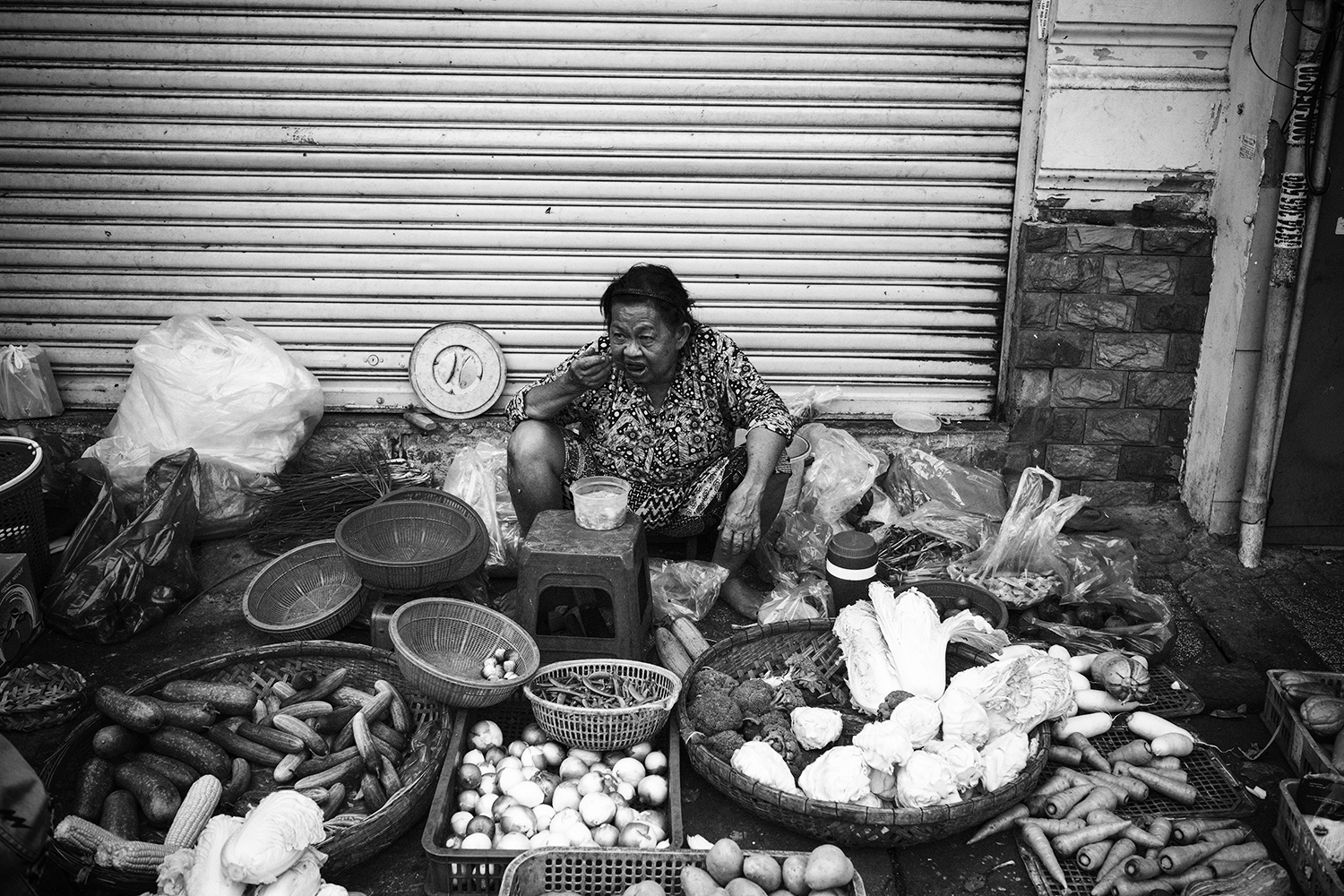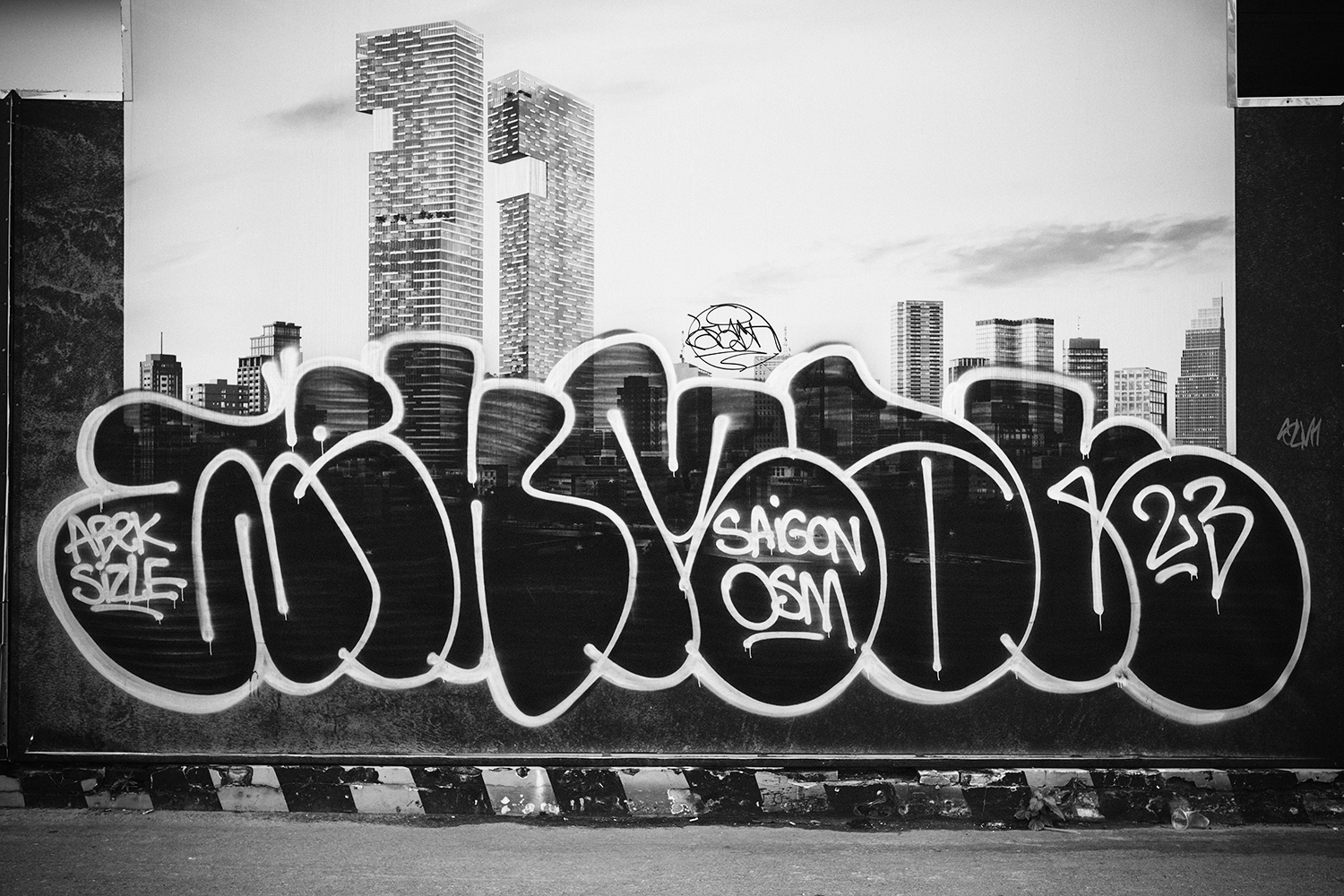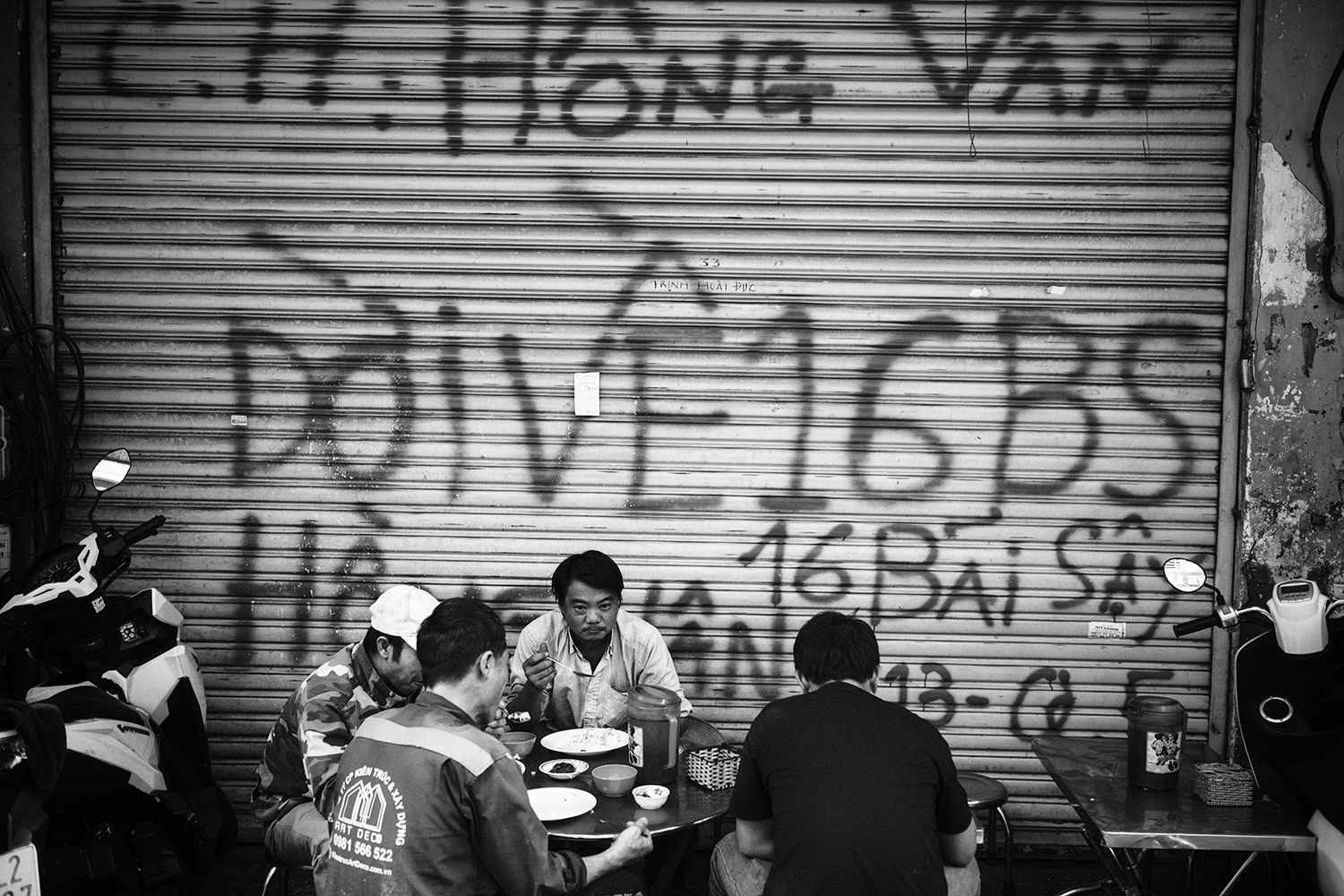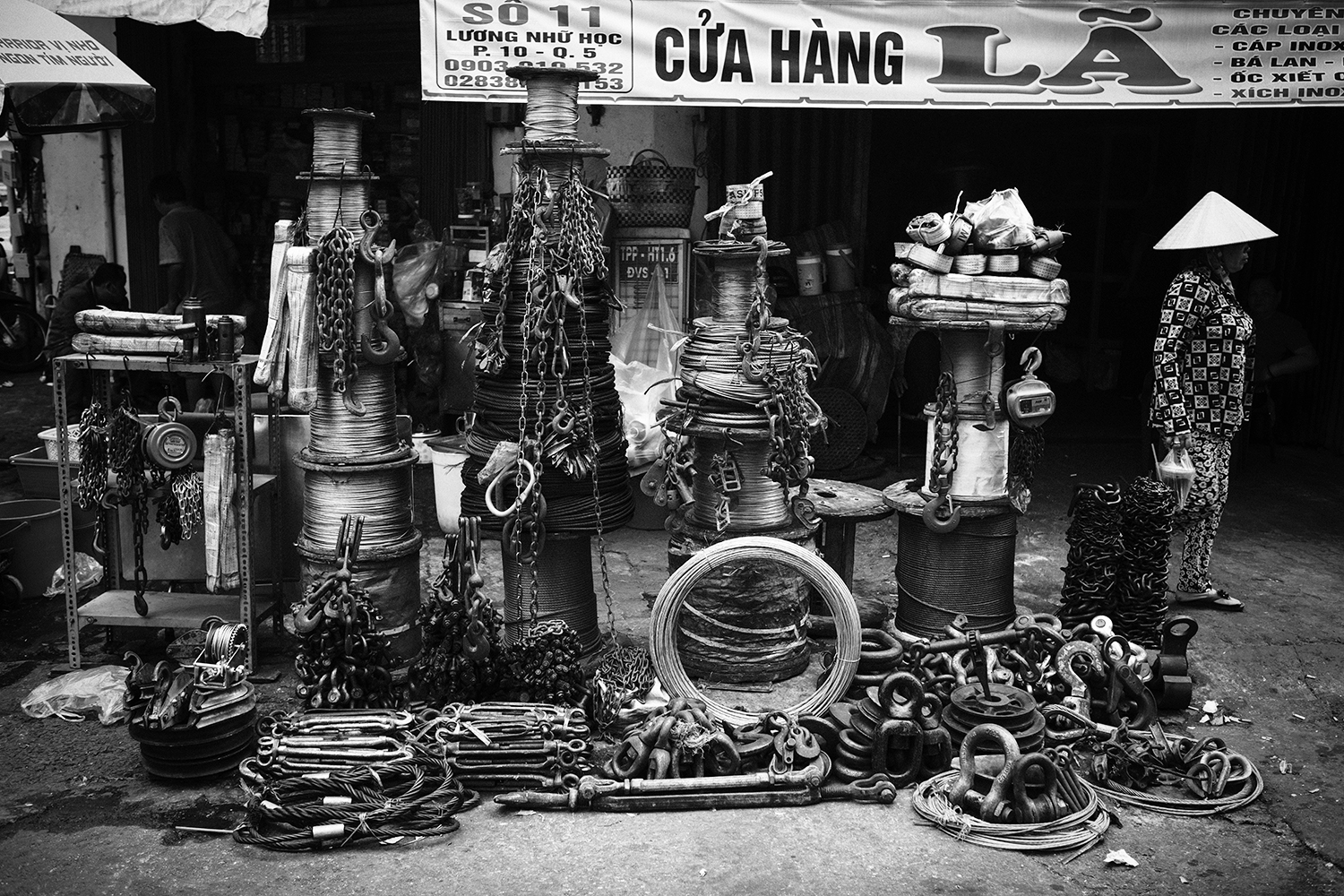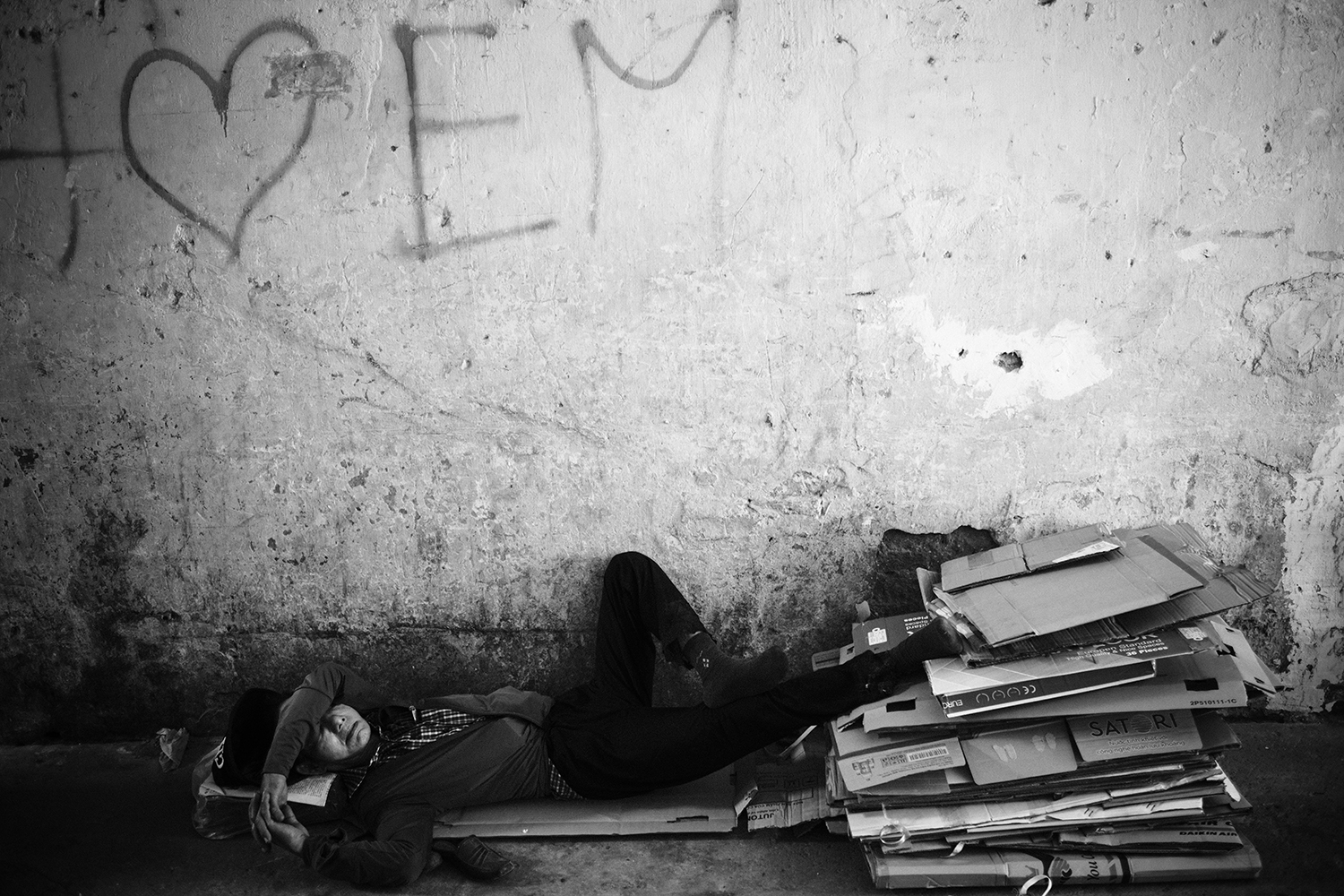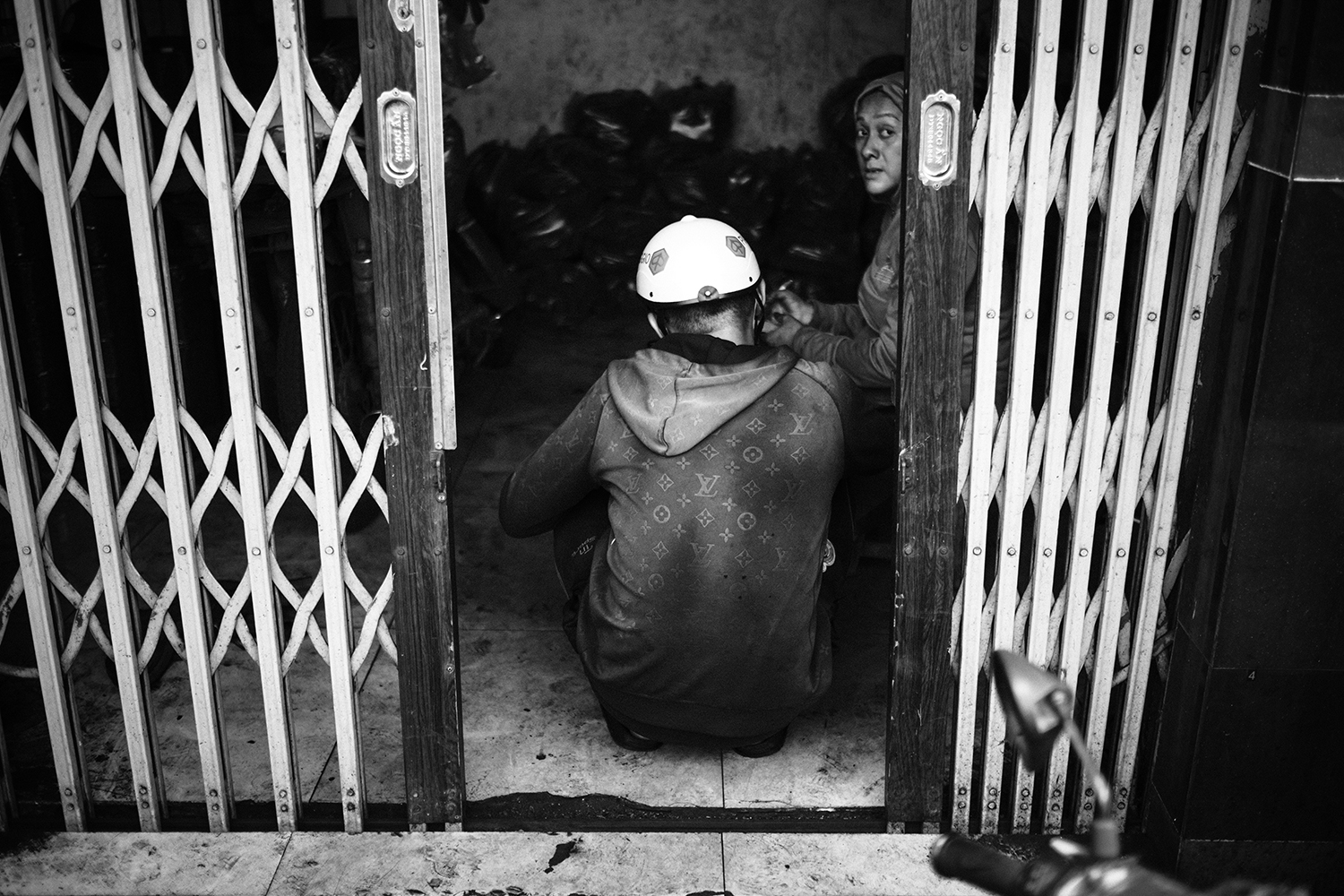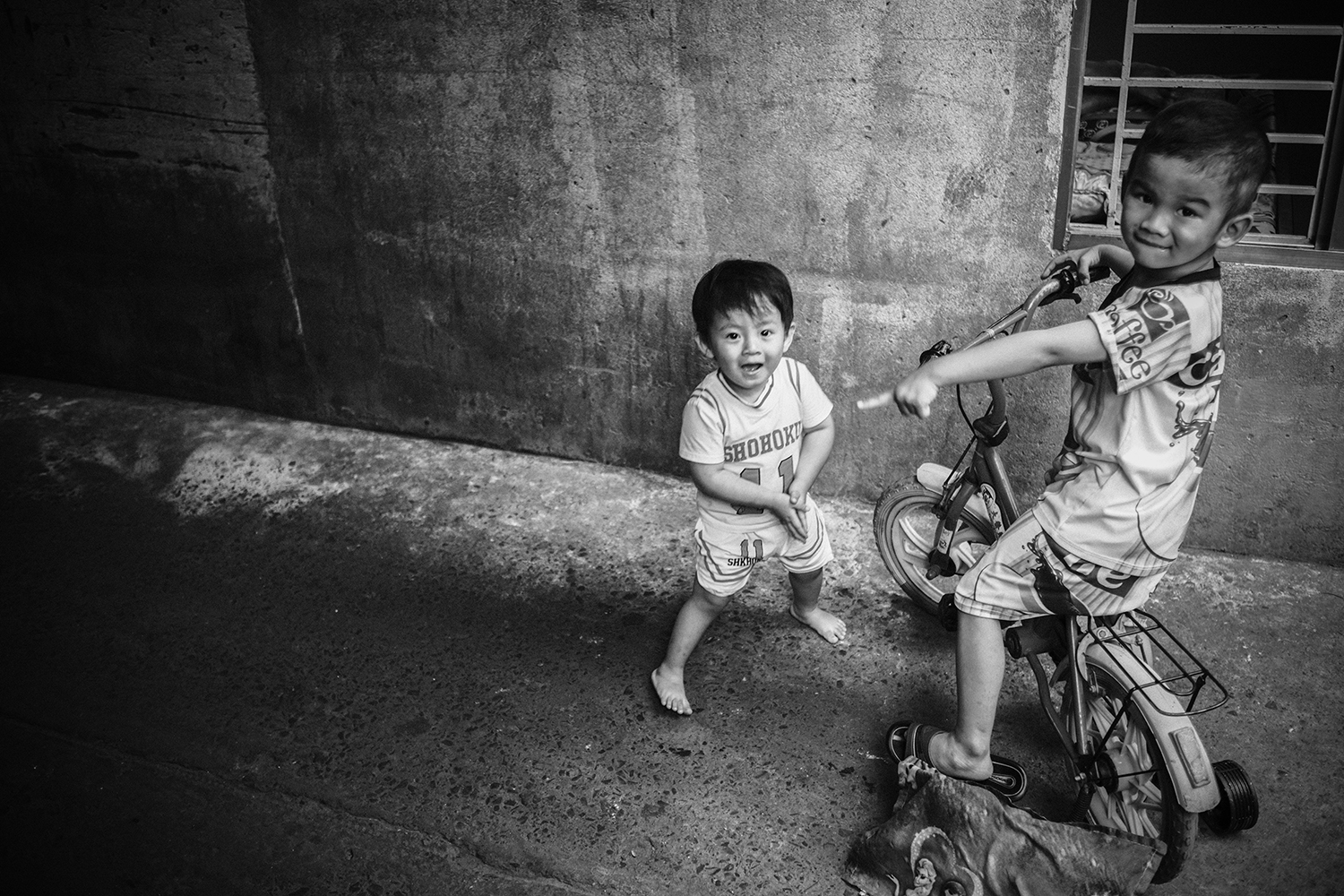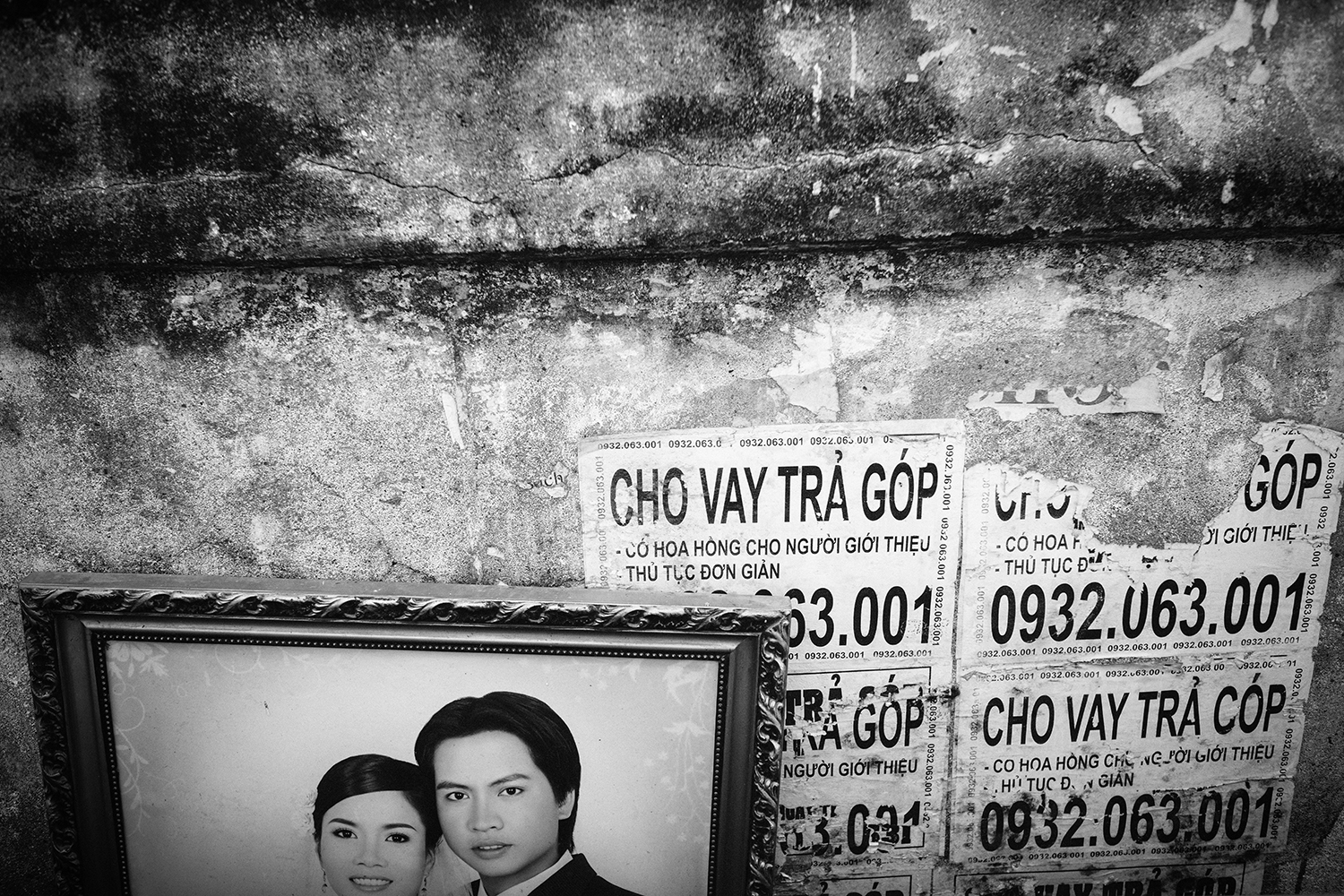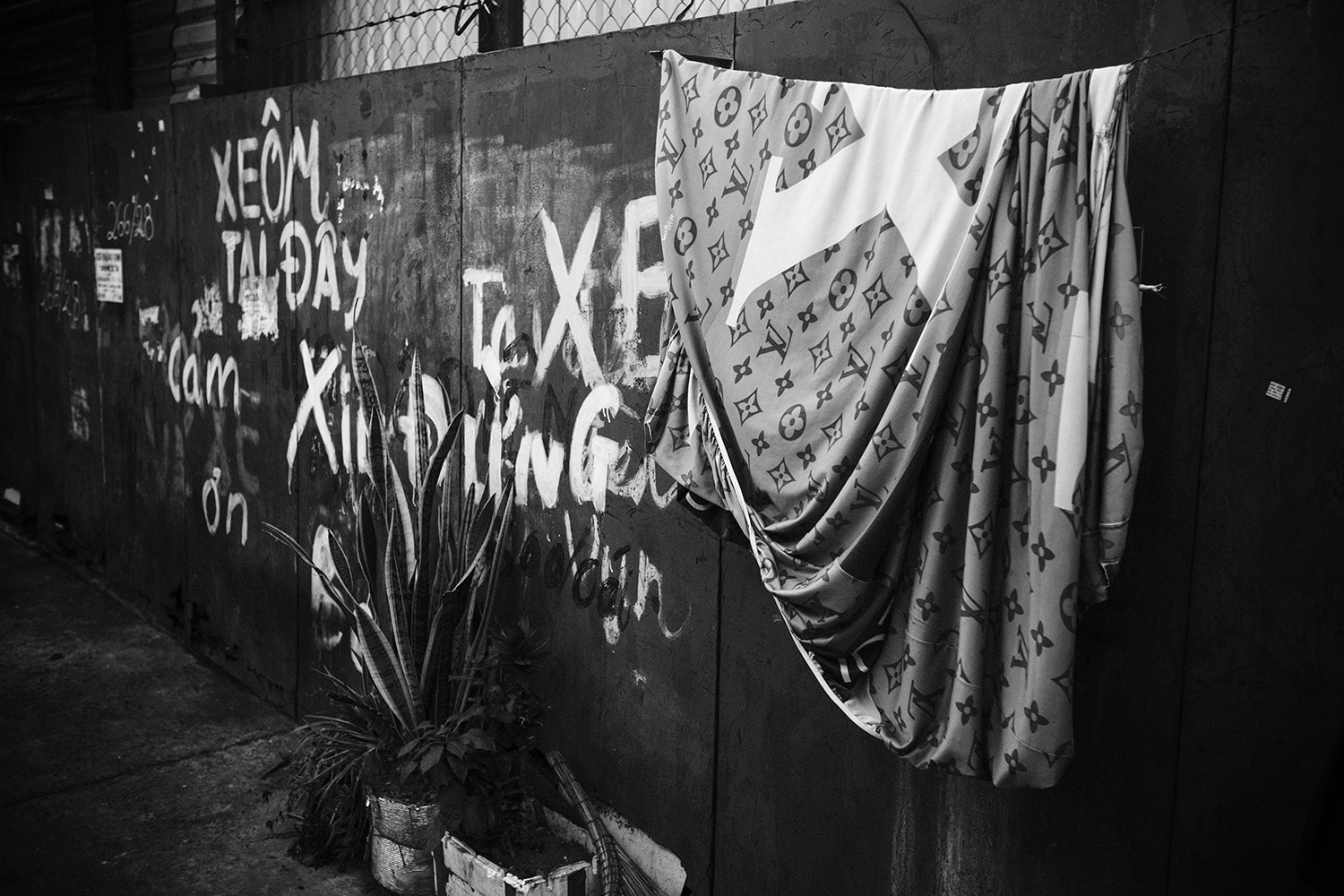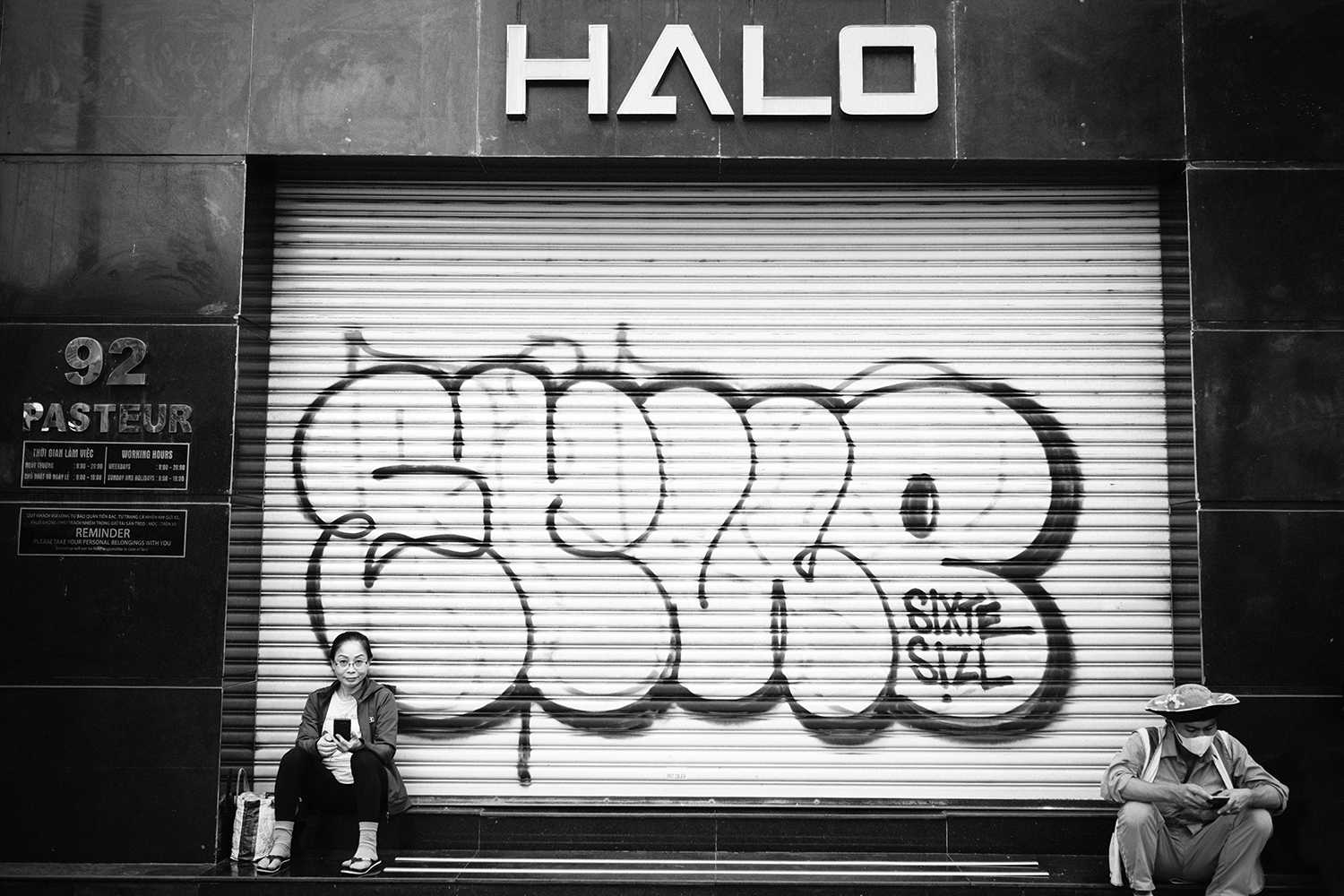In the bustling streets of Ho Chi Minh City, an art form emerges from the urban landscape, speaking volumes about the city’s culture, history, and the pulse of its people. Amidst the chaos of motorbikes and the vibrant street markets, graffiti adorns walls, alleys, and hidden corners, adding layers of color and narrative to the city’s concrete canvas.
Ho Chi Minh City, formerly known as Saigon, pulses with energy, a metropolis where tradition and modernity intertwine seamlessly. Graffiti here is not merely vandalism; it’s a reflection of the city’s dynamic spirit, its struggles, aspirations, and triumphs. Each stroke of paint tells a story, a testament to the resilience and creativity of its people.
Exploring the city’s labyrinthine streets, I discovered graffiti in unexpected places – on alleyway walls, along the banks of the Saigon River, and even on the facades of colonial-era buildings. These artworks range from intricate murals depicting scenes from Vietnamese folklore to bold political statements and poignant social commentary. Every piece of graffiti carries its own narrative, inviting viewers to contemplate its meaning and significance in the context of the city’s rich tapestry.
In contrast, the graffiti in the city’s more marginalized neighborhoods often reflects the social and economic challenges facing its residents. Here, walls serve as platforms for dissent, with bold slogans and provocative imagery demanding justice, equality, and change. These artworks are a stark reminder of the struggles faced by many in Ho Chi Minh City, highlighting issues such as poverty, urbanization, and environmental degradation.
Among the most iconic graffiti are those that pay tribute to its revolutionary past. Murals depicting historic figures such as Ho Chi Minh himself and scenes from the Vietnam War serve as poignant reminders of the city’s tumultuous history and the sacrifices made by its people for freedom and independence.
The transient nature of street art means that many of these artworks are ephemeral, vulnerable to the elements and the passage of time. Furthermore, graffiti continues to face stigma and censorship in some quarters, with authorities often viewing it as a form of vandalism rather than legitimate artistic expression, the chaos and clamor of urban life, graffiti stands as a symbol of resilience, creativity, and hope.
It is a reflection of the city’s past, present, and future, a visual tapestry that captures the soul of this vibrant metropolis for generations to come.

